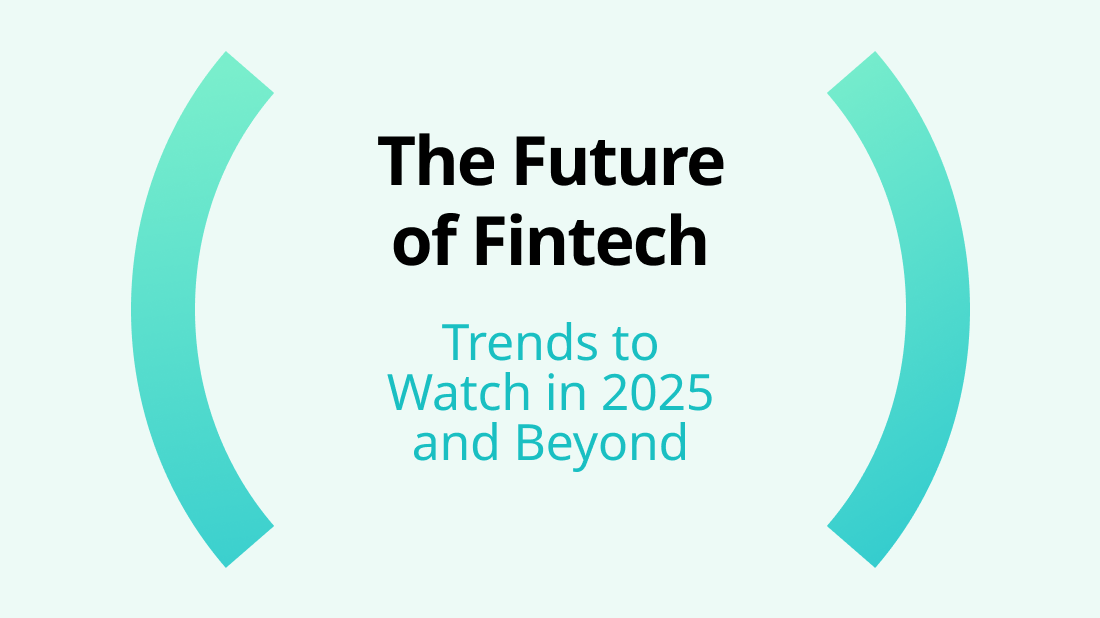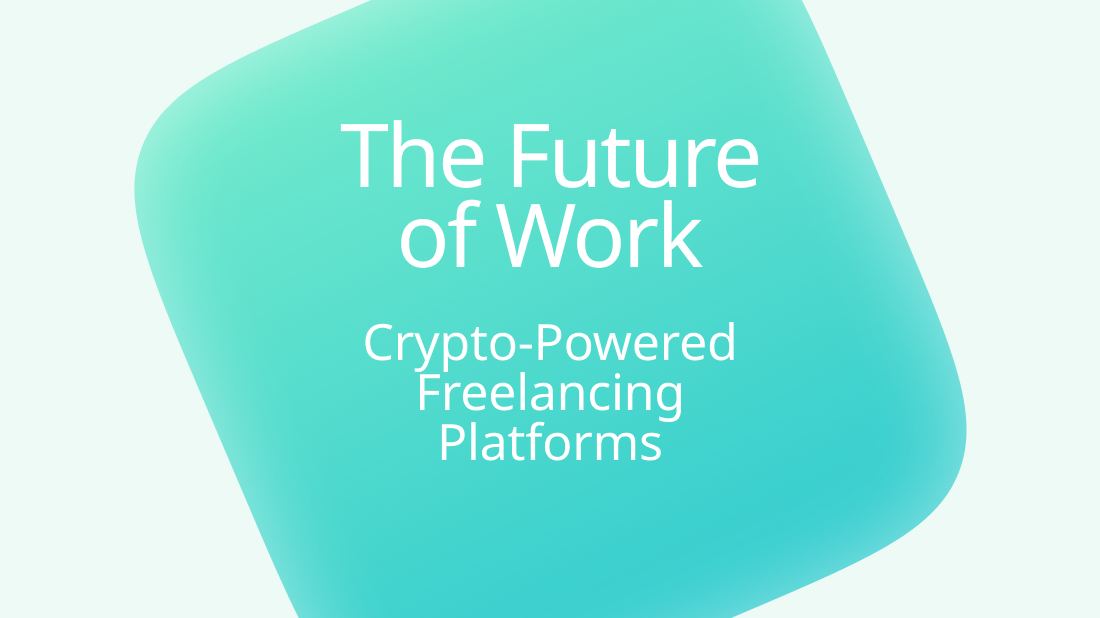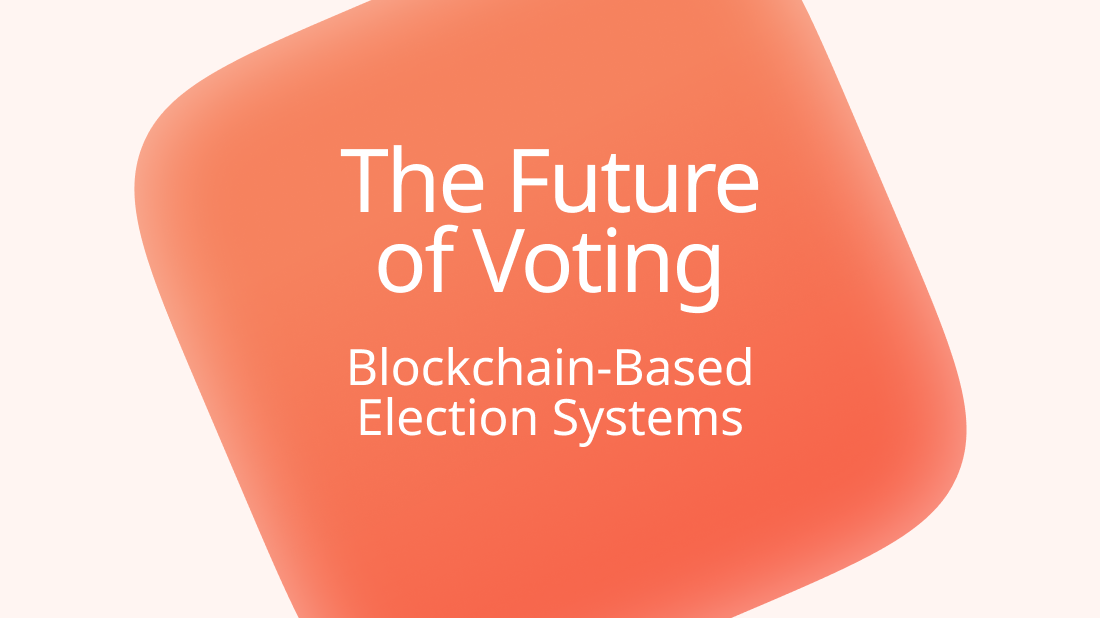The Future of Fintech: Trends to Watch in 2025 and Beyond

The fintech industry is rapidly evolving, driven by technological advancements and changing consumer behaviors. As we look toward 2025 and beyond, several key trends are poised to shape the future of financial technology. This article explores emerging trends in fintech, including advancements in blockchain technology, decentralized finance (DeFi), and the increasing role of AI and machine learning in financial services.
The Rise of Decentralized Finance (DeFi)
What is DeFi?
Decentralized Finance, or DeFi, refers to a system of financial applications built on blockchain technology that operates without traditional intermediaries like banks. DeFi aims to democratize access to financial services by providing decentralized, peer-to-peer networks for lending, borrowing, trading, and more.
Key Developments in DeFi
- Decentralized Exchanges (DEXs): Platforms like Uniswap and SushiSwap allow users to trade cryptocurrencies directly without the need for a centralized authority. DEXs are becoming increasingly popular due to their enhanced security and lower fees.
- Yield Farming and Staking: DeFi platforms offer opportunities for users to earn interest on their crypto assets through yield farming and staking. These methods involve locking up assets in smart contracts to provide liquidity and validate transactions, respectively, and are gaining traction as a means of passive income.
- Interoperability: The future of DeFi will likely see increased interoperability between different blockchain networks. Projects like Polkadot and Cosmos are working to create ecosystems where various blockchains can communicate and share information seamlessly, enhancing the overall functionality and user experience of DeFi applications.
Advancements in Blockchain Technology
Enhanced Scalability and Speed
Blockchain technology has faced criticism for its scalability issues and slow transaction speeds. However, significant advancements are on the horizon:
- Layer 2 Solutions: Technologies like Lightning Network for Bitcoin and Optimistic Rollups for Ethereum are designed to increase transaction throughput and reduce costs by processing transactions off-chain while maintaining the security of the main blockchain.
- Sharding: Ethereum 2.0 introduces sharding, a process that splits the blockchain into smaller, more manageable pieces called shards. This allows for parallel processing of transactions, significantly improving scalability.
Increased Adoption of Stablecoins
Stablecoins, which are cryptocurrencies pegged to stable assets like the US dollar, are becoming integral to the blockchain ecosystem. They offer the benefits of cryptocurrencies—such as low-cost transactions and global accessibility—without the volatility. Projects like Tether (USDT), USD Coin (USDC), and Facebook's Diem are leading the way in stablecoin adoption.
The Role of AI and Machine Learning in Finance
AI-Powered Financial Services
Artificial Intelligence (AI) and machine learning are transforming the financial services industry by providing enhanced data analysis, risk management, and customer service.
- Robo-Advisors: AI-driven robo-advisors like Betterment and Wealthfront offer personalized investment advice and portfolio management at a fraction of the cost of traditional financial advisors. These platforms use machine learning algorithms to analyze market data and individual financial goals, providing tailored investment strategies.
- Fraud Detection: AI is revolutionizing fraud detection by analyzing large volumes of transaction data in real-time to identify suspicious activities. Companies like Mastercard and Visa use AI to detect and prevent fraudulent transactions, ensuring the security of financial transactions.
- Customer Service: AI-powered chatbots and virtual assistants are enhancing customer service in the financial sector. For instance, Bank of America's Erica and Capital One's Eno provide customers with instant assistance for various banking needs, from checking account balances to making payments.
Predictive Analytics
Predictive analytics uses machine learning algorithms to analyze historical data and predict future trends. In finance, predictive analytics can help with:
- Market Forecasting: AI models can analyze market trends and historical data to predict future market movements, helping investors make informed decisions.
- Credit Scoring: AI can improve credit scoring models by analyzing a broader range of data points, such as social media activity and transaction history, to assess an individual's creditworthiness more accurately.
The Future of Payments
Digital and Contactless Payments
The COVID-19 pandemic accelerated the adoption of digital and contactless payments, and this trend is expected to continue. Mobile payment platforms like Apple Pay, Google Wallet, and Samsung Pay are becoming more popular, offering convenience and security.
Central Bank Digital Currencies (CBDCs)
Central banks worldwide are exploring the development of their own digital currencies, known as CBDCs. These digital currencies aim to combine the benefits of cryptocurrencies with the stability of traditional fiat currencies. Countries like China, with its Digital Yuan, and Sweden, with its e-Krona, are leading the way in CBDC development.
Conclusion
The future of fintech is bright, with emerging trends like DeFi, advancements in blockchain technology, and the integration of AI and machine learning set to transform the industry. As these technologies evolve, they promise to make financial services more accessible, efficient, and secure. However, navigating the regulatory landscape and ensuring data privacy will be crucial to realizing the full potential of these innovations. As we move toward 2025 and beyond, staying informed about these trends will be essential for individuals and businesses looking to thrive in the evolving financial landscape.












